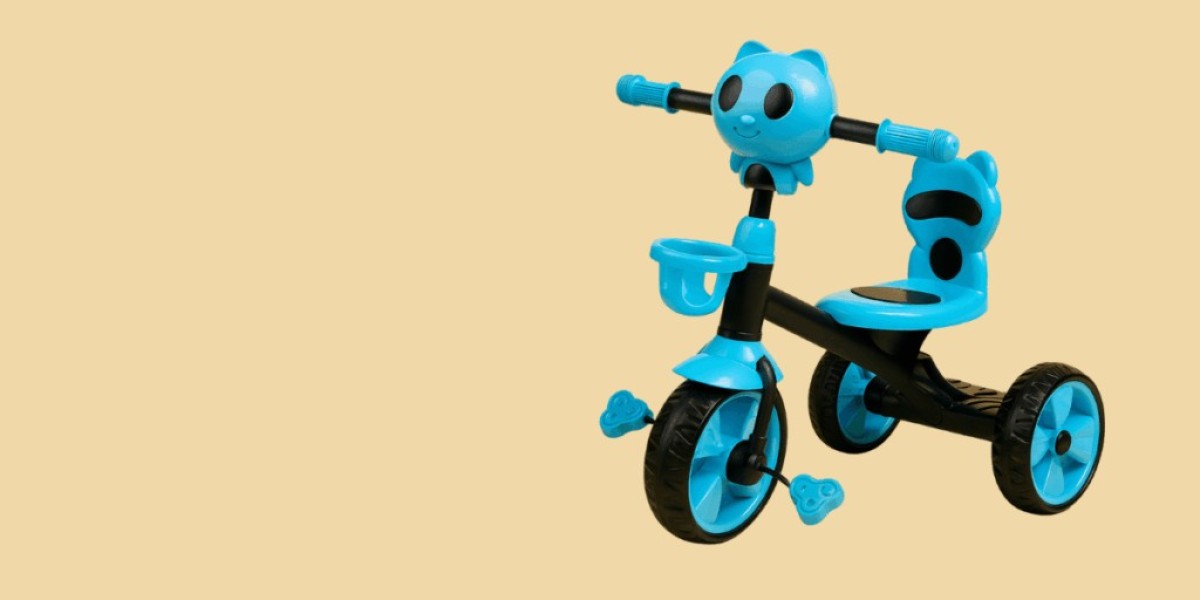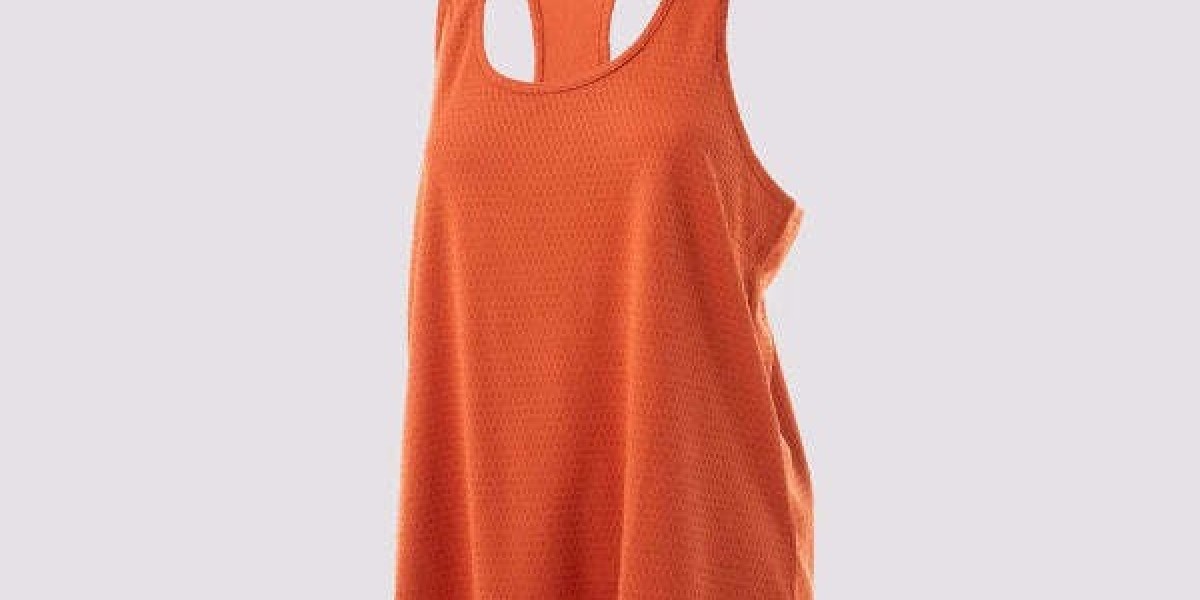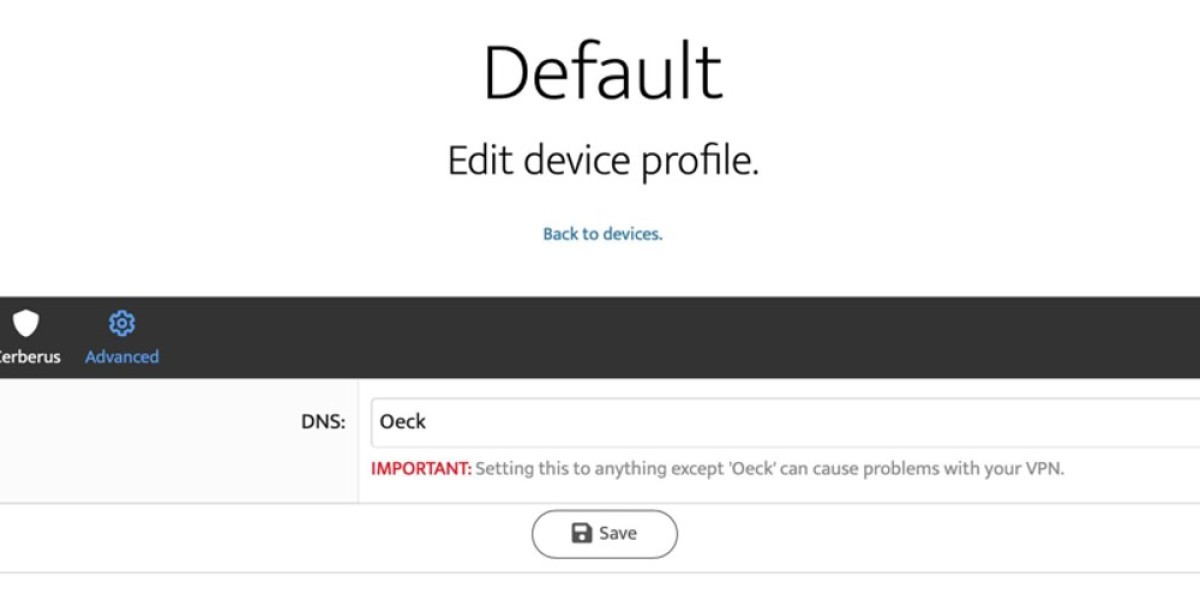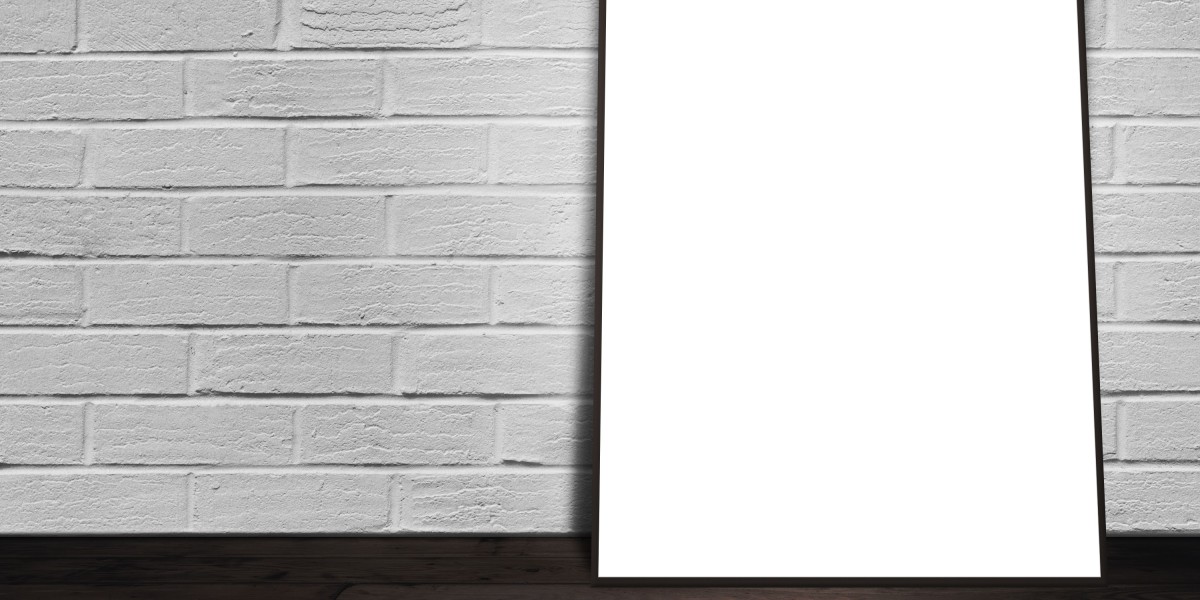Buying a Cycle for Kids can be both exciting and overwhelming. With countless brands, sizes, and features available, parents often struggle to find a balance between safety, comfort, and fun. The right cycle not only introduces children to the joy of riding but also ensures they learn safely and confidently.
This comprehensive parent’s checklist will guide you step by step, helping you choose the perfect Cycle for Kids for beginners, young riders, or adventurous kids.
1. Prioritize the Right Size
One of the most critical factors when choosing a Cycle for Kids is size. A bike that is too big or too small can hinder learning, cause discomfort, or even lead to accidents.
Wheel size guide:
12 inches: Ages 2–4
14–16 inches: Ages 4–6
20 inches: Ages 6–9
24 inches: Ages 9–12
Your child should be able to sit comfortably on the saddle and touch the ground with both feet. Proper sizing helps them feel in control, builds confidence, and prevents frustration during early rides.
2. Choose Between Balance Bikes and Pedal Bikes
Depending on your child’s age and skill level, you may start with a balance bike or a pedal bike.
Balance Bikes: Designed for toddlers and beginners, these cycles have no pedals. Kids use their feet to push and glide, learning balance before introducing pedaling.
Pedal Bikes with Training Wheels: Ideal for slightly older children, these bikes allow kids to pedal while maintaining stability. Training wheels can be removed once the child gains confidence.
Selecting the right type ensures a smooth transition from learning balance to full independent riding.
3. Consider Weight and Frame Material
A lightweight Cycle for Kids is easier for children to handle. Heavy bikes can be tiring and difficult to control, especially for beginners.
Recommended materials:
Aluminum: Lightweight, rust-resistant, and durable.
Steel: Sturdier but heavier; better for older or stronger kids.
Look for a frame that is sturdy but easy to maneuver. A well-built bike also reduces maintenance needs and ensures long-term safety.
4. Safety Features Are Essential
Safety is non-negotiable when it comes to a Cycle for Kids. Check for the following features:
Brakes: Coaster brakes are easier for young kids, while hand brakes suit older children.
Chain Guard: Protects clothing and fingers from getting caught.
Reflectors and Lights: Improve visibility during low-light conditions.
Non-Slip Pedals: Prevent slipping during rides.
Pairing the right cycle with helmets, knee and elbow pads ensures maximum safety.
5. Adjustable Seats and Handlebars
Children grow quickly, so an adjustable Cycle for Kids allows the bike to adapt to their changing height. Proper seat height ensures both feet touch the ground comfortably, while adjustable handlebars maintain a natural riding posture.
This adaptability increases comfort, encourages longer rides, and prevents strain or injury.
6. Tyres and Traction
Tyres play a crucial role in safety and performance. Wide, grippy tyres provide better balance, stability, and traction — especially on uneven surfaces.
Tip: Pneumatic tyres (air-filled) offer better shock absorption, making rides smoother and more comfortable for beginners.
7. Design and Appeal
A visually appealing Cycle for Kids encourages frequent use. Bright colors, favorite characters, or sporty designs make cycling more exciting. While design shouldn’t compromise safety or comfort, it can motivate your child to ride regularly, making exercise a fun habit.
8. Test the Bike Before Buying
Whenever possible, let your child test the Cycle for Kids before purchasing. Ensure they can:
Reach the pedals and handlebars comfortably
Balance and steer without difficulty
Brake smoothly
Test rides give parents confidence that the bike suits their child’s size, strength, and comfort level.
9. Maintenance and Durability
A durable bike lasts longer and requires fewer repairs. Look for a Cycle for Kids with:
Rust-resistant frames
Sturdy wheels and tyres
Easily replaceable parts
Regular maintenance, such as checking brakes, tightening bolts, and lubricating the chain, ensures safety and extends the life of the bike.
10. Budget Considerations
High price doesn’t always guarantee quality, but extremely cheap cycles may compromise safety and durability. Choose a Cycle for Kids that balances affordability with strong construction, reliable brakes, and safety features.
Investing slightly more in a durable bike can save money in the long run while keeping your child safe and happy.
Final Thoughts
Selecting the perfect Cycle for Kids requires attention to size, safety, comfort, and style. By following this parent’s checklist, you ensure that your child not only learns to ride successfully but also develops confidence, independence, and a love for outdoor activity.
A well-chosen cycle is more than just a toy — it’s a tool for adventure, fitness, and lasting childhood memories. When your child pedals safely and joyfully, every ride becomes a step toward independence and lifelong healthy habits.








